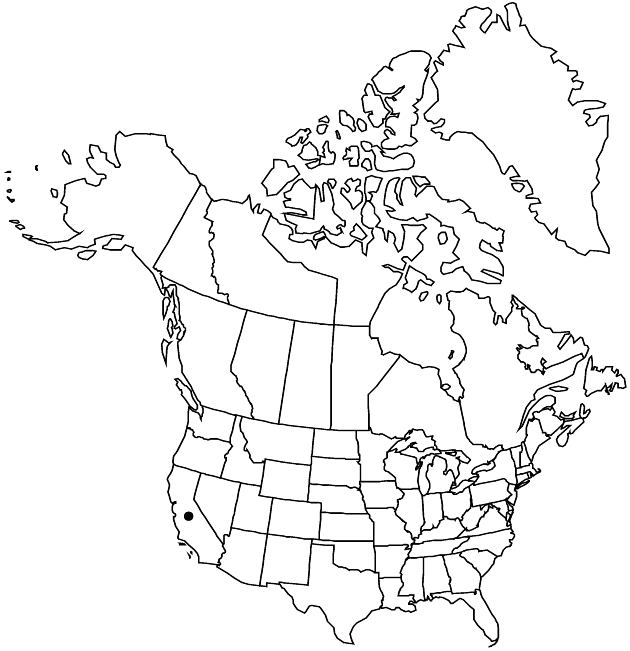Difference between revisions of "Erigeron inornatus var. keilii"
Phytologia 72: 191. 1992.
EndemicConservation concern
imported>Volume Importer |
imported>Volume Importer |
||
| Line 54: | Line 54: | ||
|publication year=1992 | |publication year=1992 | ||
|special status=Endemic;Conservation concern | |special status=Endemic;Conservation concern | ||
| − | |source xml=https:// | + | |source xml=https://bitbucket.org/aafc-mbb/fna-data-curation/src/2e0870ddd59836b60bcf96646a41e87ea5a5943a/coarse_grained_fna_xml/V19-20-21/V20_696.xml |
|tribe=Asteraceae tribe Astereae | |tribe=Asteraceae tribe Astereae | ||
|genus=Erigeron | |genus=Erigeron | ||
Latest revision as of 21:04, 5 November 2020
Stems ascending-erect, 30–60 cm, densely hirsutulous (hairs spreading-deflexed, sometimes ascending-strigose) distally. Leaves: proximal and mid margins with stiff, spreading cilia, faces sparsely strigoso-hispid. Involucres 4.5–5.5 mm.
Phenology: Flowering Jun–Sep.
Habitat: Dry, grassy slopes and meadows, areas of conifer woodlands
Elevation: 1200–2200 m
Discussion
Of conservation concern.
Phyllaries in var. keilii vary from strigose to glabrous and glandular, the glandularity perhaps reflecting hybridization with Erigeron breweri.
Selected References
None.
Lower Taxa
None.
